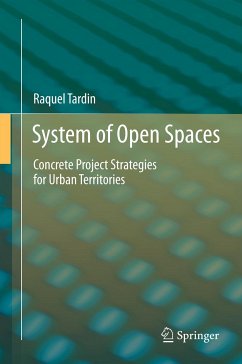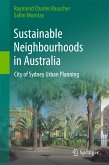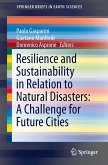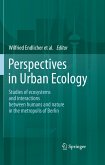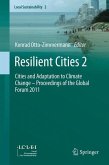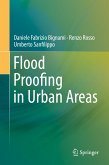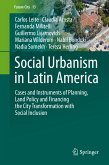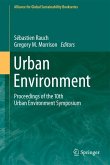In general, in the majority of cities, open spaces tend to be treated as land put aside for future urban occupation, environmental reserves, or simply no man's land. Conversely, what this book proposes is reversing this perspective and thinking positively about open spaces. In this manner, the existing values of these spaces and the permanence of these spaces in a system of open spaces interrelated with urban occupation can be used for possible territorial restructuring. The work highlights the importance of considering open spaces as components and structuring elements of urban occupation. Here, open spaces and urban occupation are interrelated and have mutual influence, and their direct relationship allows for new intervention opportunities for the development, maintenance, and management of the territory in a sustainable way, through planning and design.
This book takes a practical approach to answering a relevant question, instead of simply providing information or making a simple claim. At the same time, it presents a theoretical approach and introduces the issue under discussion in a general way, providing new arguments. Although the book focuses on a case study in Rio de Janeiro, Brazil, the conclusions drawn are of global relevance.
The book is fully illustrated and will be of interest to planners, landscapearchitects, urban designers, geographers, and architects, whether they are professionals, researchers, or students. It was first published in Portuguese (2008), and then in Spanish (2010). For this English version, an important review was carried out, improving the content of the book.
Raquel Tardin is an architect and urbanist. She completed her PhD at Universidad Politécnica de Cataluña in Barcelona and is currently a Senior Lecturer and researcher in the area of landscape and environment, as part of the Graduate Programme in Urbanism, Faculty of Architecture and Urbanism, Federal University of Rio de Janeiro. She is the author of articles on landscape and spatial planning and co-author of a book on landscape architecture in Brazil. Her research is focused on the analysis, evaluation, planning, design, and management of the landscape.
Dieser Download kann aus rechtlichen Gründen nur mit Rechnungsadresse in A, B, BG, CY, CZ, D, DK, EW, E, FIN, F, GR, HR, H, IRL, I, LT, L, LR, M, NL, PL, P, R, S, SLO, SK ausgeliefert werden.

